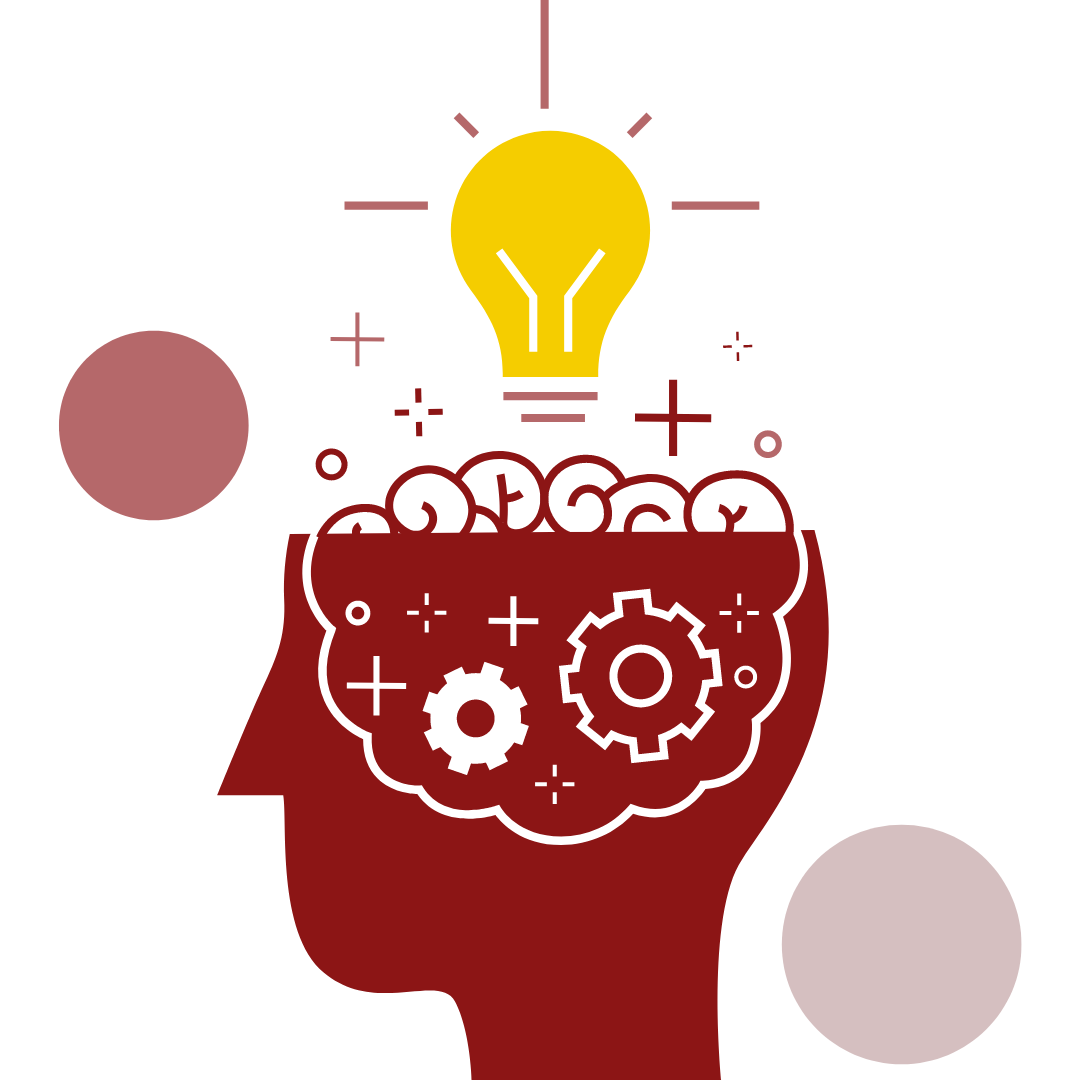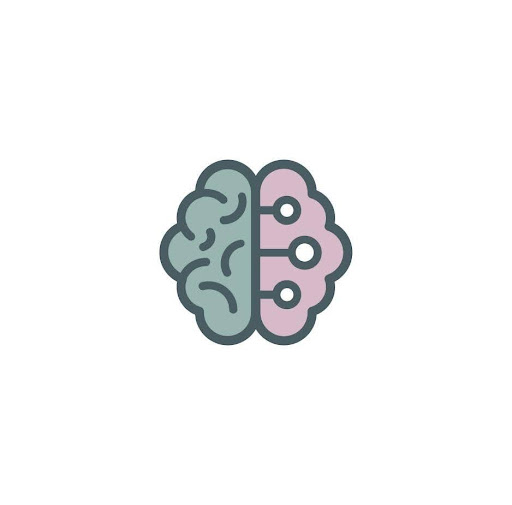
Healthcare researchers at the University of Minnesota and Bradley Hospital invite you to join us as we discover new treatments for OCD!

Fast Facts

Obsessive Compulsive Disorder

12-21 Years Old

Compensation Provided

Conducted in Providence, RI and Minneapolis, MN
Study Background
NExT is a multisite trial of Transcranial Magnetic Stimulation (TMS) with Exposure and Response Prevention (ERP) for those ages 12-21 who experience symptoms of OCD.
For most young people with OCD, the frontline treatment is Exposure and Response Prevention (ERP). ERP therapy is very effective, but some people still need additional treatment beyond ERP alone. We are testing whether we can improve this therapy by pairing it with repetitive transcranial magnetic stimulation (rTMS).
What is TMS?
TMS, or transcranial magnetic stimulation, is a well-tolerated and noninvasive procedure that involves placing a hand-sized magnet next to the head to temporarily change the activity of brain cells. In this study, TMS will be used to change the activity level of brain regions involved in OCD.
If you are 18-21 years old with OCD or the parent of someone 12-17 with OCD, you are invited to apply for our research study. Help us improve treatment options for youth with OCD!

Study Background
NExT is a multisite trial of Transcranial Magnetic Stimulation (TMS) with Exposure and Response Prevention (ERP) for those ages 12-21 who experience symptoms of OCD.

For most young people with OCD, the frontline treatment is Exposure and Response Prevention (ERP). ERP therapy is very effective, but some people still need additional treatment beyond ERP alone. We are testing whether we can improve this therapy by pairing it with repetitive transcranial magnetic stimulation (rTMS).
What is TMS?
TMS, or transcranial magnetic stimulation, is a well-tolerated and noninvasive procedure that involves placing a hand-sized magnet next to the head to temporarily change the activity of brain cells. In this study, TMS will be used to change the activity level of brain regions involved in OCD.
If you are 18-21 years old with OCD or the parent of someone 12-17 with OCD, you are invited to apply for our research study. Help us improve treatment options for youth with OCD!

Additional Information
The purpose of the NExT study is to test two different types of TMS and determine whether they can improve the outcomes of Exposure and Response Prevention (ERP). ERP is very effective and is considered the frontline treatment for OCD, though many do not fully benefit from it. TMS has been studied for adults with OCD and for youth with other mental health disorders but has not yet been tested for youth with OCD. We hope that this study will result in additional treatment options for youth and young adults with OCD.
You or your child may qualify for this study if you meet the following criteria:
Inclusion Criteria:
- Ages 12-21
- Diagnosed with obsessive-compulsive disorder (OCD) or have symptoms of OCD
- Able to undergo an MRI (no non-removable metal on or in your body)
- Right-handed
Participants in NExT are randomly assigned to one of three conditions. In two conditions, participants receive different forms of active (real) TMS. In the third condition, participants receive sham (fake) TMS. All participants will receive ERP.
Treatment takes place daily (Monday-Friday) for about two weeks. Participants will also complete interviews, questionnaires, two brain scans (MRIs), and computer tasks, for which their time will be compensated.
As a participant, you can receive up to $350 for your time and effort.
There is no cost for you or your child to participate in our research study.

